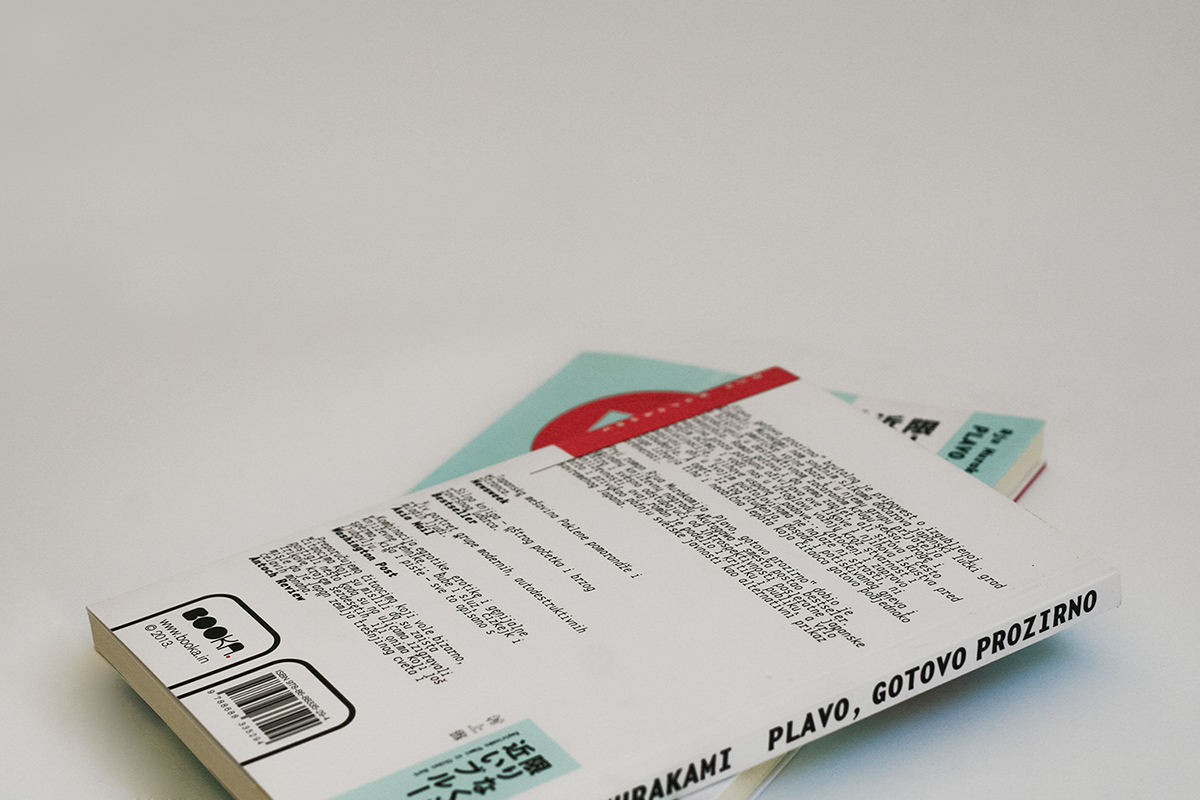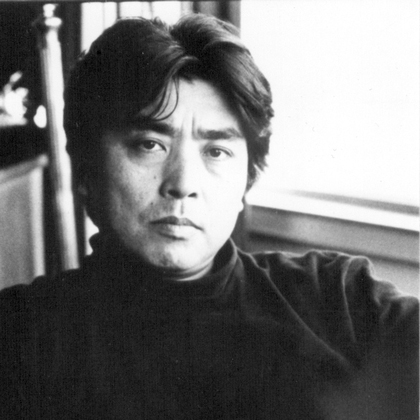

(The invasions, which were turned back thanks to great storms - the legendary kamikaze, or “divine wind”- were centered on Hakata Bay, site of present-day Fukuoka.) The invaders secure the collaboration of local government and police through discriminate demonstrations of force. The citizens of Fukuoka are left to cope with the occupation force, which calls itself the Koryo Expeditionary Force (KEF) after the Korean dynasty that cooperated with the Mongols to invade Japan in 12. Afraid that a counterattack will result in unacceptably high civilian casualties in Fukuoka or in North Korean terrorist attacks on government buildings and critical infrastructure throughout Japan, the government eventually decides to impose a blockade, effectively cutting off not just Fukuoka but all of Kyushu from the rest of Japan. The Japanese government itself is initially paralyzed. The US considers it a problem for the Japanese government to solve, since the invaders are purportedly rebels without state sponsorship. Claiming to be a rebel faction opposed to North Korea’s peace overtures with the US and publicly denounced by Pyongyang, they proceed occupy Fukuoka.

A North Korean commando team infiltrates Japan and takes hostages at a baseball game in Fukuoka, a city of 1.5 million people on the island of Kyushu. Seeing Japan brought low by a global depression that strains its ties with the US, which has shifted its attention from its alliance with Japan to improving relations with North Korea and the other countries of East Asia, the North Korean regime hatches a plan that seems to serve no other purpose than humiliating Japan. Set largely in April 2011 - a near-future Japan when it was written in 2005 - Murakami shows Japan impoverished, isolated, and incapable of acting independently even when faced with an unprovoked invasion by North Korean forces.


 0 kommentar(er)
0 kommentar(er)
